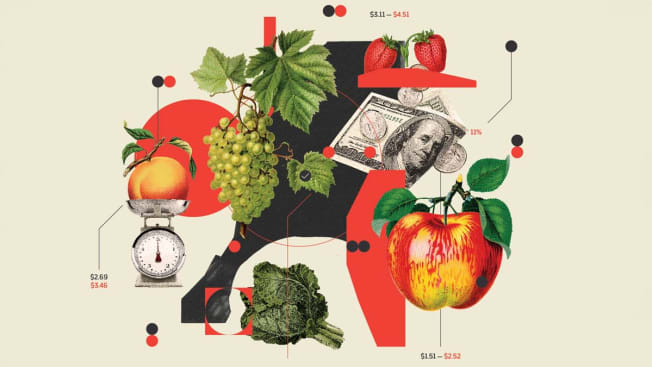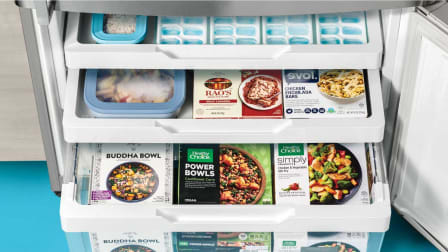How to Save on Organic Produce
Buying organic is a good option if you want to avoid pesticides—but it can be expensive. Here's how to spend less.

Organic fruits and vegetables pose little risk from pesticides, according to a new Consumer Reports analysis of Department of Agriculture data. But going organic can cost more—sometimes a lot more—because of differences in production and handling. You can limit the added expense by buying organic when it matters most: That is, when you’re shopping for food with a high or very high pesticide risk.
Even then, the cost of switching to organic can be steep. For example, organic apples and green beans cost around 67 percent more, on average, than their conventionally grown forms, according to recent data from the Department of Agriculture, shown below. These strategies can help you save money.
Source: Average prices from the USDA Agricultural Marketing Service retail pricing reports from March 2023 through February 2024.
Editor’s Note: This article also appeared in the May/June 2024 issue of Consumer Reports magazine.




















